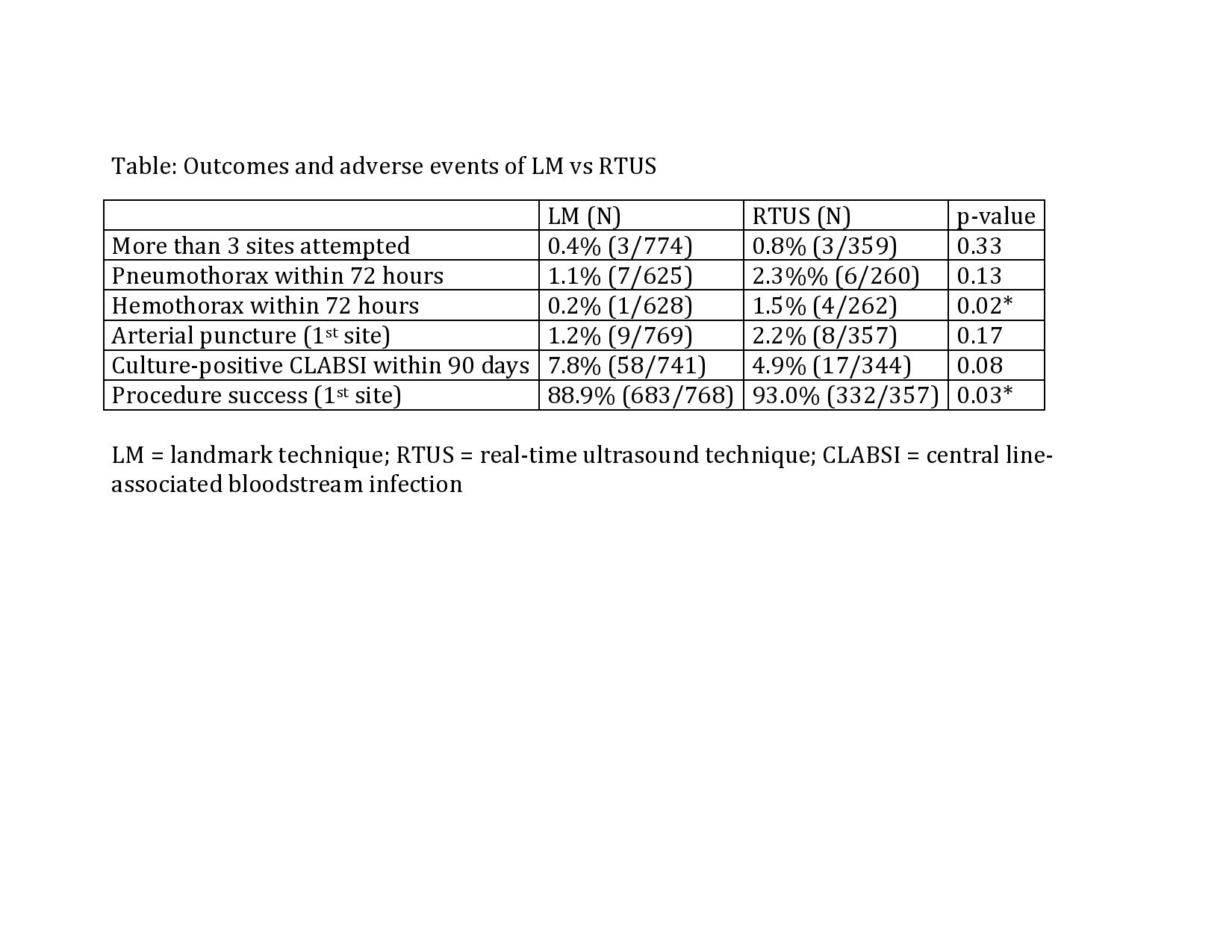L. A. Gurien1, R. T. Russell2, J. Kim3, K. E. Speck4, B. W. Calder5, A. P. Rogers6, A. M. Vogel7, D. A. DeUgarte8, K. B. Savoie9, S. D. St. Peter10, D. W. Parrish11, D. H. Rothstein12, E. J. Renaud13, H. C. Jen14, X. Tang15, M. S. Dassinger1 3Duke University Medical Center,Pediatric Surgery,Durham, NC, USA 4Vanderbilt University Medical Center,Pediatric Surgery,Nashville, TN, USA 5Medical University Of South Carolina,Surgery,Charleston, SC, USA 6University Of Wisconsin,Pediatric Surgery,Madison, WI, USA 7University Of Washington,Pediatric Surgery,Seattle, WA, USA 8University Of California – Los Angeles,Pediatric Surgery,Los Angeles, CA, USA 9University Of Tennessee Health Science Center, Le Bonheur Children’s Hospital,Memphis, TN, USA 10Children’s Mercy Hospital- University Of Missouri Kansas City,Pediatric Surgery,Kansas City, MO, USA 11Children’s Hospital Of Richmond At Virginia Commonwealth University Medical Center,Richmond, VA, USA 12Women & Children’s Hospital Of Buffalo,Surgery,Buffalo, NY, USA 13Albany Medical Center,Albany, NY, USA 14Floating Hospital For Children At Tufts Medical Center,Boston, MA, USA 15University Of Arkansas For Medical Sciences,Little Rock, AR, USA 1Arkansas Children’s Hospital,Pediatric Surgery,Little Rock, AR, USA 2University Of Alabama,Children’s Of Alabama,Birmingham, AL, USA 16Pediatric Surgical Research Collaborative,N/A, N/A, USA
Introduction:
Over 225,000 central venous catheters (CVC) are placed in children in the United States annually. Government and private entities have strongly encouraged use of real-time ultrasound (RTUS) for CVC placement in adults and children. These recommendations are based almost exclusively on studies involving adult patients treated by non-surgeons. This lack of evidence involving surgically placed catheters makes such recommendations less generalizable to pediatric surgeons who, based on a recent APSA survey, preferentially access the subclavian vein (SCV). Our primary aim was to determine frequency of RTUS use by pediatric surgeons during CVC placement in the operating room. Secondary aims included determining factors associated with RTUS use and evaluating adverse event rates when compared to landmark (LM) technique.
Methods:
A retrospective cohort study was performed for patients aged <18 years who underwent CVC placement in the operating room between 07/01/2013 and 06/30/2014 at 14 institutions. Patient demographics and operative details were collected. Mann-Whitney U and chi-square tests were performed to compare continuous and categorical variables, respectively. A logistic regression model evaluated factors associated with RTUS use. P-values <0.05 were considered significant.
Results:
There were 1,146 patients included, with RTUS used in 33% of attempts. The SCV (64%) was preferentially chosen over the internal jugular vein (IJV) (34%) for 1st site insertion. RTUS was less likely to be used for SCV compared to IJV (OR=0.002; p<0.0001) and more likely to be used when coagulopathy (INR>1.5) was present (OR=11.1; p=0.03). No associations for RTUS use were found for age, BMI, previous line history, or trainee involvement. Mechanical complication rate (pneumothorax, hemothorax, arterial puncture) was 3.2% and overall complication rate including central line-associated bloodstream infections was 9.1%. RTUS use was associated with a higher procedure success rates on 1st site attempt but higher risk of hemothorax compared to LM (Table). Median operative time was similar (42 vs 43 minutes; p=0.35).
Conclusion:
Pediatric surgeons preferentially choose the SCV for 1st site insertion, yet are more likely to use RTUS when placing a CVC in the IJV. RTUS was superior to LM for 1st site procedure success, yet was associated with a higher hemothorax rate. Adoption of RTUS guidelines in children would require significant practice change with unclear safety benefits. The retrospective nature of this study precludes evaluation of the quality of RTUS implementation. Prospective trials involving children treated by pediatric surgeons are needed to generate more definitive data relevant to the field of pediatric surgery.
